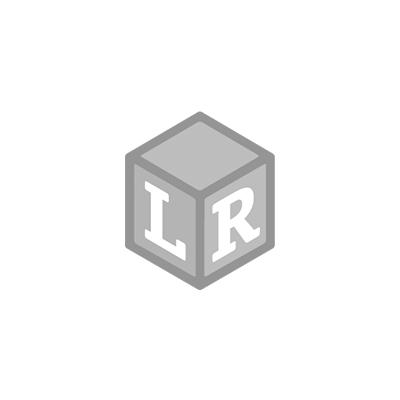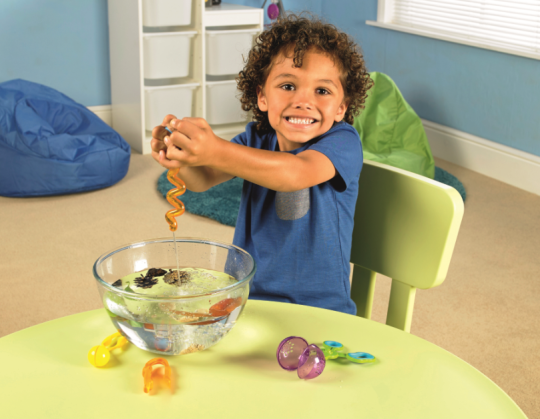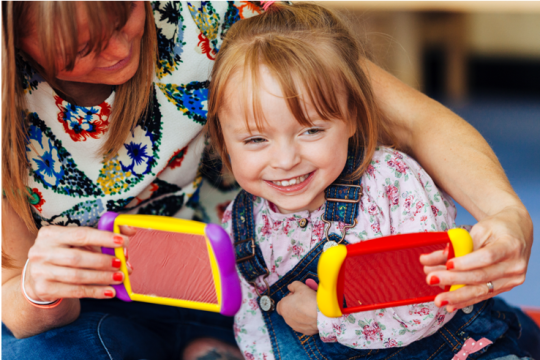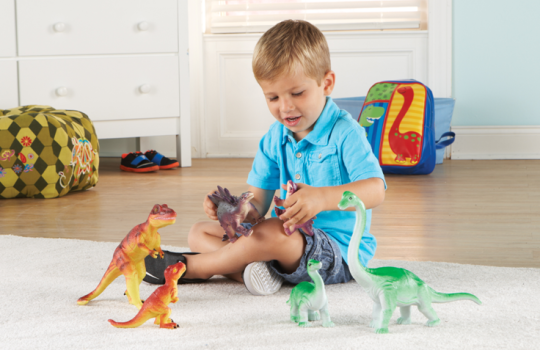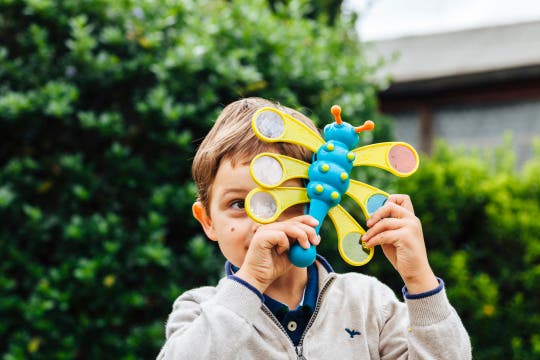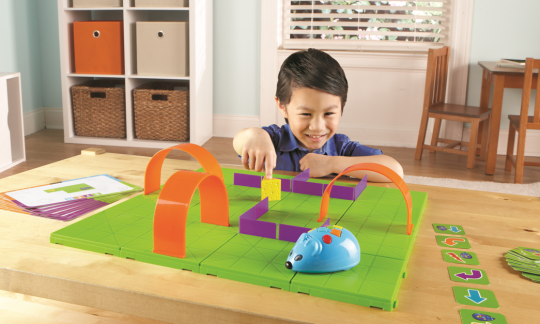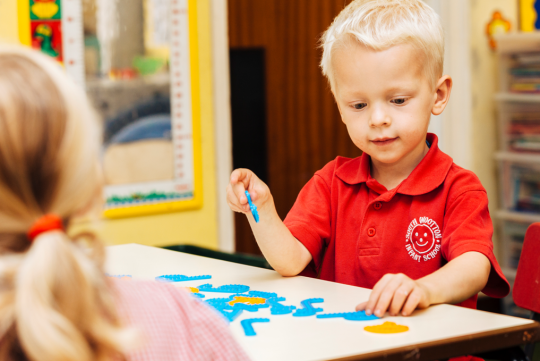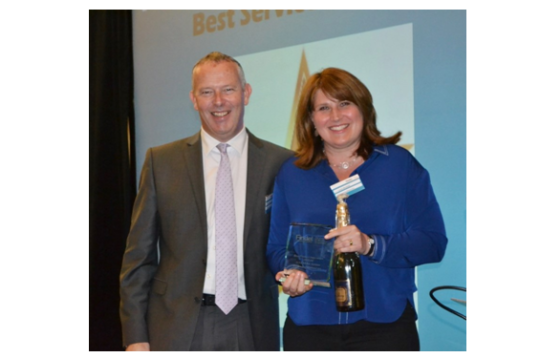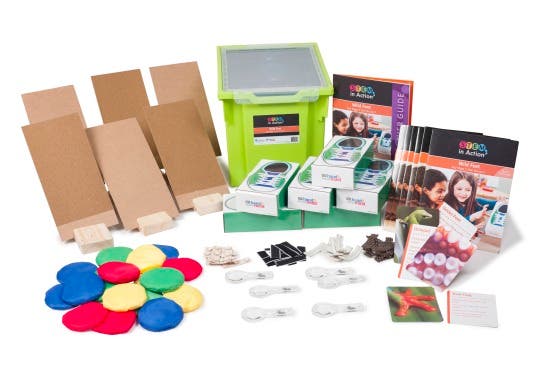A life of Science: Marie Curie
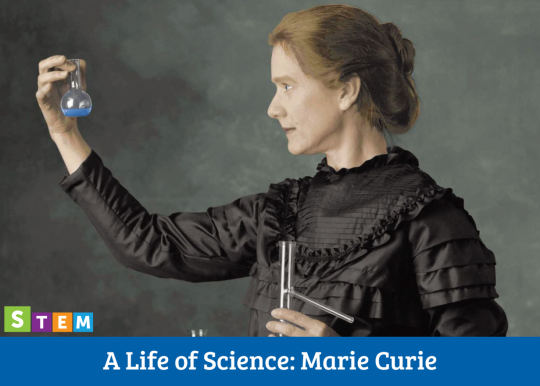
Background
Marie Curie was born with the name Maria Slodowska on the 7th of November, 1867, in Warsaw, Poland. Her parents were poor teachers and she was the youngest of five siblings. Her father, Władysław, was a maths and physics instructor.

In 1883, Maria received her high school diploma, achieving a gold medal for excellence in mathematics. Her sister Bronia was at medical school in Paris and to help to finance her studies Maria worked as a tutor and governess from the age of 16. Maria’s goal was to join Bronia in Paris to study at the Paris Sorbonne University. In order to pass the entrance exams, Maria took night courses to learn additional chemistry, maths and physics.
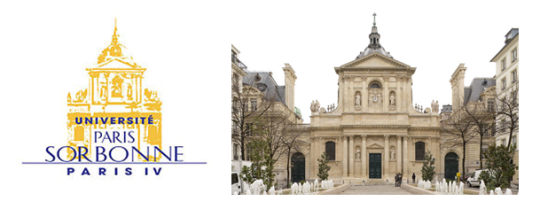
Moving to Paris
In 1891, she moved to Paris to study physics and mathematics at Paris Sorbonne University and completed her masters degree in physics in 1893.
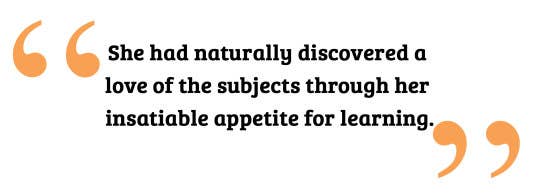
Women’s education advocates gave her a scholarship to stay and she earned another degree in mathematics in 1894.
Pierre Curie
It was this year in which Maria was introduced to Pierre Curie, a professor of the School of Physics. He and Maria worked together in a laboratory at the school and they fell in love, in 1895 they were married. It was around this time that she adopted the French spelling of her name, Marie, which is used today.
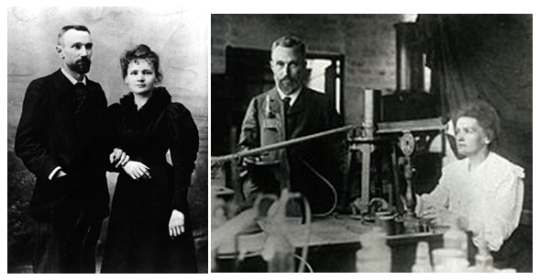
Discoveries
Pierre and Marie worked together investigating radioactivity, building on the work of Henri Becquerel and Wilhelm Roentgen. This research led to the discovery of a new chemical element in 1898 which they named polonium, honouring Marie’s birth country, Poland. At the end of that year they announced the discovery of another element, radium. Marie Curie developed methods to separate radium from radioactive residues to allow for it to be characterised and studied.
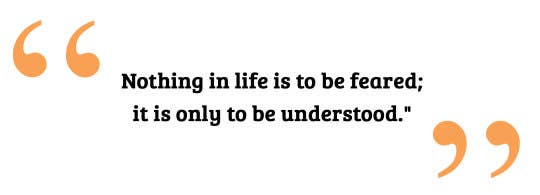
–Marie Curie
Nobel Prize
The results of their work and perseverance led to a Nobel Prize in 1903 which they shared with Henri Becquerel. This made history as Marie Curie was the first woman to receive a Nobel Prize in physics. Following this great achievement, Pierre was appointed to a professorship at Sorbonne and the University funded a laboratory for him. Marie was hired as the head of the laboratory and they continued to work together in their research.
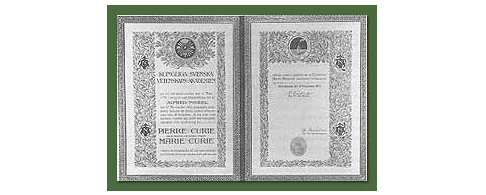
(The certificate for the Curies’ 1903 Nobel Prize for Physics)
End of an Era
On April 19th, 1906, Pierre Curie was tragically killed after falling under a cart on a slippery street. Sorbonne University appointed Marie to the position of full professor in physics, notably the first woman in this position at the university.In 1911, she won her second Nobel Prize, this time for Chemistry.
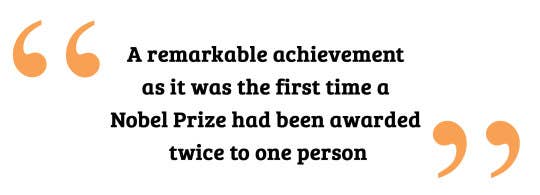
To this date no other person has received Nobel prizes for two different sciences. During the First World War, Marie Curie developed mobile X-ray units to help diagnose injuries near the battlefront. She worked at casualty clearing stations to locate fractures, bullets and shrapnel in soldiers. She also trained several hundred young women to work as X-ray technicians behind the front lines.
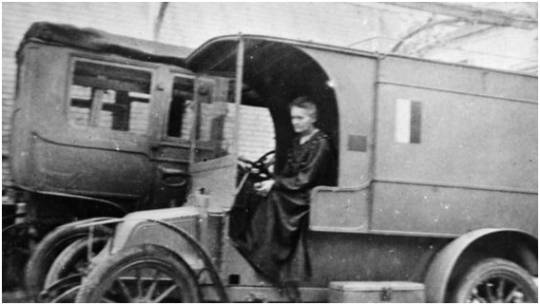
(Marie Curie driving amobile X-ray unit in 1915) Marie devoted the rest of her life to establishing Radium Institutes, first in France, then in the 1930s in Poland.In 1921, President Harding of the United States, on behalf of the women of America, presented her with one gram of radium in recognition of her service to science (worth $100,000 at the time). She visited again in 1929 and President Hoover gifted her with £50,000 to purchase 1 gram of radium for the Radium institute of Poland in Warsaw. The value of radium had declined since her previous visit due to a new source.During her lifetime Marie undertook physically demanding work involving highly radioactive materials. At the time, Marie and Pierre were oblivious to the effects but they began to suffer from sickness and ill-health as a consequence. On the 4th July 1934, Marie passed away at the age of 66. She was suffering from pernicious anaemia, a condition she developed after years of exposure to radiation through her work.
Her Legacy
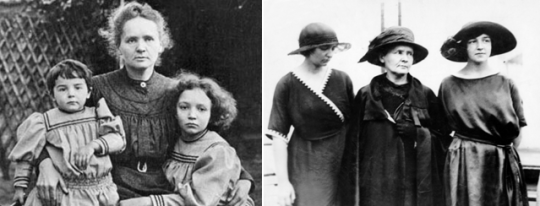
Marie and Pierre had two daughters, Irene (1897) and Eve (1904). Irene won a Nobel Prize in Chemistry in 1935 for her work with aluminium and radiation. Eve became a writer, journalist and pianist and wrote a biography of her mother’s life.
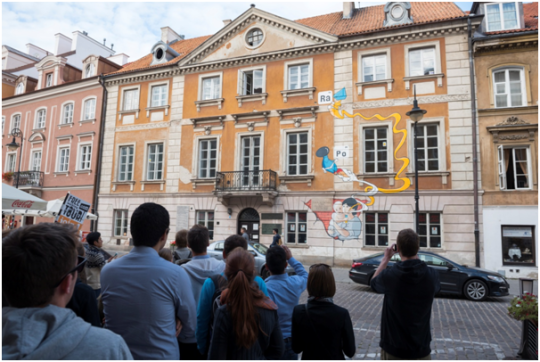
The Radium Institute that she established in Paris is now the Curie Museum employing over 3000 scientists and physicians. Their work is devoted to research in physics, chemistry and medicine with particular attention to radioactivity and cures for cancer.
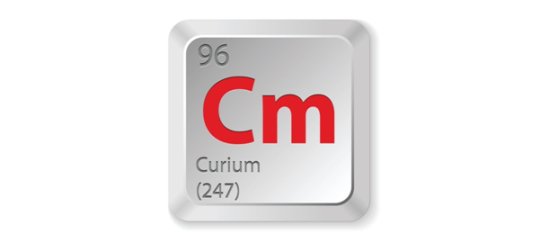
The 96th element, curium, on the Periodic Table of the Elements was discovered in 1944 and named after Pierre and Marie Curie.
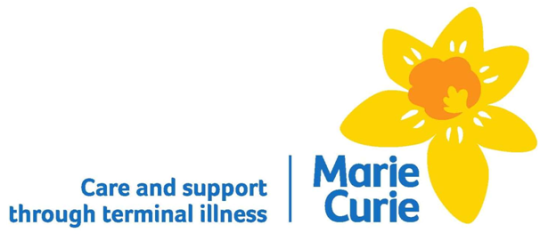
Marie Curie, the charity, is named in honour of Marie Curie the scientist and provides care and support for people living with any terminal illness. The charity’s origins are linked to the Marie Curie Hospital which specialised in the radiological treatment of women suffering from cancer and allied diseases. Marie Curie’s daughter, Eve, gave the charity permission to use her mother’s name. The charity now helps over 40,000 people across the UK.

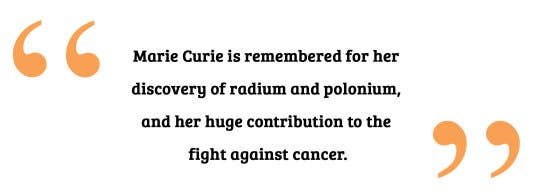
– Marie Curie Charity


*Browse our STEM and Science resources on our website! Sources:http://www.bbc.co.uk/history/historic_figures/curie_marie.shtmlhttps://www.mariecurie.org.uk/who/our-history/marie-curie-the-scientisthttp://history.aip.org/history/exhibits/curie/recdis2.htmhttp://www.biega.com/sklodowska-curie.shtmlhttp://www.nobelprize.org/nobel_prizes/physics/laureates/1903/marie-curie-bio.htmlhttps://www.bloglovin.com/blogs/womanlywomancom-3534816/infographic-marie-curie-womanlywoman-4001390531http://www.notablebiographies.com/Co-Da/Curie-Marie.html#LoveLearning


